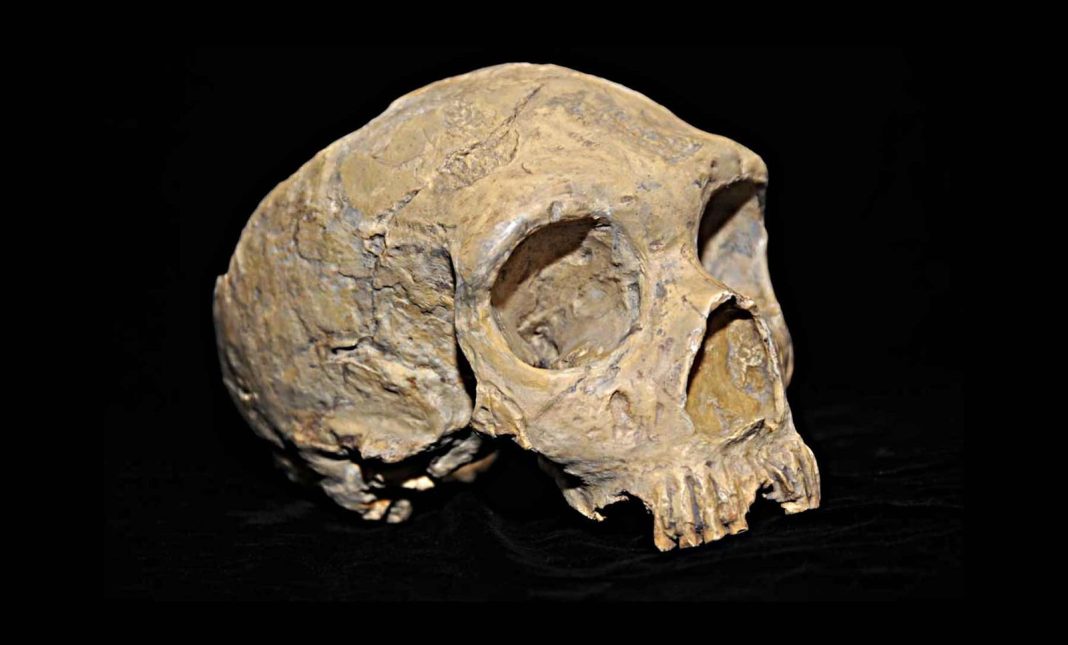For generations, the story was straightforward: Neanderthals were a distinct species of ancient human who walked the Earth alongside our direct ancestors, Homo sapiens, before mysteriously vanishing around 40,000 years ago. They were seen as a separate branch on the evolutionary tree, one that eventually withered away. But what if “extinction” isn’t always so clear-cut? A fascinating new perspective is challenging this long-held belief, suggesting that the Neanderthal story might be far more intertwined with ours than we ever imagined.
The Traditional Narrative: A Vanishing Act?
The prevailing view of Neanderthal disappearance often paints a picture of competition, environmental pressures, or perhaps even a less sophisticated cultural capacity compared to early modern humans. They thrived across Eurasia for hundreds of thousands of years, adapting to harsh ice-age climates, before their populations dwindled and ultimately ceased to exist as a distinct group. This traditional narrative emphasizes their eventual replacement by Homo sapiens, leaving us as the sole surviving human lineage.
Fossil records show their distinct skeletal features—robust builds, prominent brow ridges, and unique skull shapes—disappearing from the landscape. It felt like an open-and-shut case: a species gone, leaving only bones and tools behind to tell their tale.
More Than Just Echoes: The Enduring Genetic Legacy
The game-changer came with the advent of ancient DNA sequencing. Suddenly, scientists could peer into the very genetic code of Neanderthals and, critically, compare it to modern human DNA. What they found rocked the foundations of anthropology: evidence of interbreeding. It turns out that most people of non-African descent today carry a small but significant percentage of Neanderthal DNA in their genome – typically between 1% and 4%.
This isn’t just a historical curiosity; it’s an active genetic contribution. These snippets of Neanderthal code aren’t dormant; they’re influencing traits in modern humans, from aspects of our immune systems and skin pigmentation to our hair texture and even our susceptibility to certain diseases. If their genes are still very much alive and active within us, shaping who we are, can we truly say they went “extinct” in the absolute sense?
As Dr. Anya Sharma, a bio-anthropologist, put it recently, “It challenges our very notion of what it means for a species to ‘die out.’ If their genetic material is still active within us, influencing our biology, then a part of them certainly endures. It’s not just a trace; it’s a living legacy.”
Redefining Extinction: A Blurring Line
This new understanding forces us to reconsider the definition of extinction. Is it merely the disappearance of the last individual with a specific set of physical characteristics? Or does it encompass the complete eradication of a species’ genetic blueprint? If a species’ genetic material continues to persist, evolve, and actively influence another species, then the lines become significantly blurred. The “controversial new study” (or rather, the evolving scientific consensus it represents) suggests a different kind of ending for the Neanderthals: not an extinction through complete replacement, but an integration through absorption.
They didn’t just vanish; their story merged with ours. They didn’t just die out; their genetic spirit lives on in billions of people walking the Earth today. This perspective enriches our understanding of human evolution, painting a picture of intermingling and complex genetic exchange rather than simple dominance and replacement.
Conclusion
The tale of the Neanderthals is becoming far more intricate and compelling than we once thought. While their distinct physical form may no longer roam the planet, their genetic essence flows through the veins of modern humanity. This ongoing scientific discussion invites us to ponder a more nuanced definition of extinction and to embrace a deeper, more interconnected view of our own ancient past. So, the next time you look in the mirror, consider the extraordinary possibility that you’re not just looking at Homo sapiens, but at a living, breathing testament to an ancient interspecies embrace.




